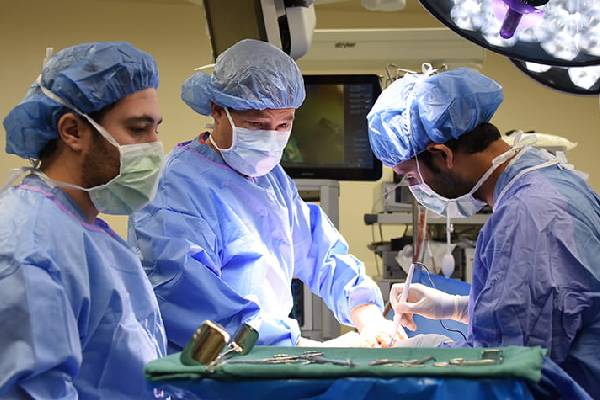Binder said this in a 2004 assessment of robot-assisted prostate treatment that “too far, robotics have just not remained committed to such aspirations of the innovators throughout the early 1970s,” but even that “there would be a little question among professionals that information processing will ultimately be exceeded by automated processes.” after 14 years, nothing has changed.
Robotic surgery has made considerable strides and then became a widely utilized procedure across the world.
However, technology has not progressed to the point where it can be called “automated surgery” mostly in the proper understanding of the word top robotic surgeons for prostate; there is just no mechanical intelligence performing the invasive procedure by itself, but this is not upon that horizon. It’s also not tele surgery performed by humans.
Difficulty in decision
Prostate cancer patients must make difficult decisions. Among many them: How might people get their prostate eliminated if they chose to do so?
Large manual surgery, during which a physician conducts surgery through some kind of large abdominal surgery, is being phased out in favor of automatically supported laparoscopic surgery, during which a physician uses a robotic device to do the surgery using minimally invasive techniques. A third alternative, laparoscopy is done by a physician without the use of a mechanical manipulator is also accessible, although robotic surgery recently surpassed it.
The question of whether the treatment improves results sufficiently to warrant its increased cost is still being debated. Genuine telesurgery is indeed hard to perform due to minimizing interruptions in long-distance communication.
A modified form of surgical treatment
Alternatively, the robot-assisted operation seems to be a more modified form of surgical treatment, only with the robot arm offering superior vision, tool control, dissection refinement, and operator ergonomically.
Several Silicon Valley businesses were the first to design and commercialize robot-assisted surgical equipment. The Autonomous Endoscopic Device for Optimizing Placement (AESOP) mechanical device, a vocal style webcam arm for surgical treatment, was created by Computing Movement Inc., and was improved just several years down the line mostly by tele manipulator process known as ‘ZEUS.’
Faster period of adjustment of robotic surgery
Robotic surgery has a faster period of adjustment, may be used by physicians with no previous laparoscopic expertise, and equipment control becomes less exhausting and simpler than procedures.
This made the move to top robotic surgeons for prostate considerably easier for many seasoned open physicians than the shift to invasive procedures had been. Just because of that, robot – assisted surgery advanced far more rapidly and readily into diagnostic and therapeutic surgery than laparoscopic never did. Its da Vinci surgical system has revolutionized the concept of minimally invasive procedures since its initial debut in Germany in 1999.
Restoration of sexual performance
This also demonstrated that patients have a speedier restoration to urine continence and a greater incidence of sexual dysfunction sufficiently effective. A surgeon can delicately remove the prostatectomy first from the head of the neural hammock even during procedure, sparing the neurotransmitters that enable sexual performance but also urine.
Similarly, accuracy implies that surgeons will be much less able to abandon a malignant tumor fragment in the body of the patient.
Furthermore, robot – assisted surgery offers one benefit that may not be immediately apparent: It offers a shorter period of adjustment than typical open operations because the robotic can remove some elements of treatment that are sometimes difficult to see, such as vibrating or shaking hands.
Benefits of invasive surgery
Traditional surgical procedures proponents argue for a variety of reasons. For one thing, they contend that certain studies demonstrating the benefits of minimally invasive surgery are unreliable due to poor methodology. However, more current findings back up the findings of that study.
They further contend that several of the benefits ascribed to surgical intervention are attributable to the physician’s expertise.
Advocates of surgical intervention also point to research that they claim to support their position. One study, for example, reveals that open-surgery individuals had a high survival rate. However, it does not take into account the enormous advancements in diagnostic and efficiency for robotics surgery that has occurred ever since the study.










